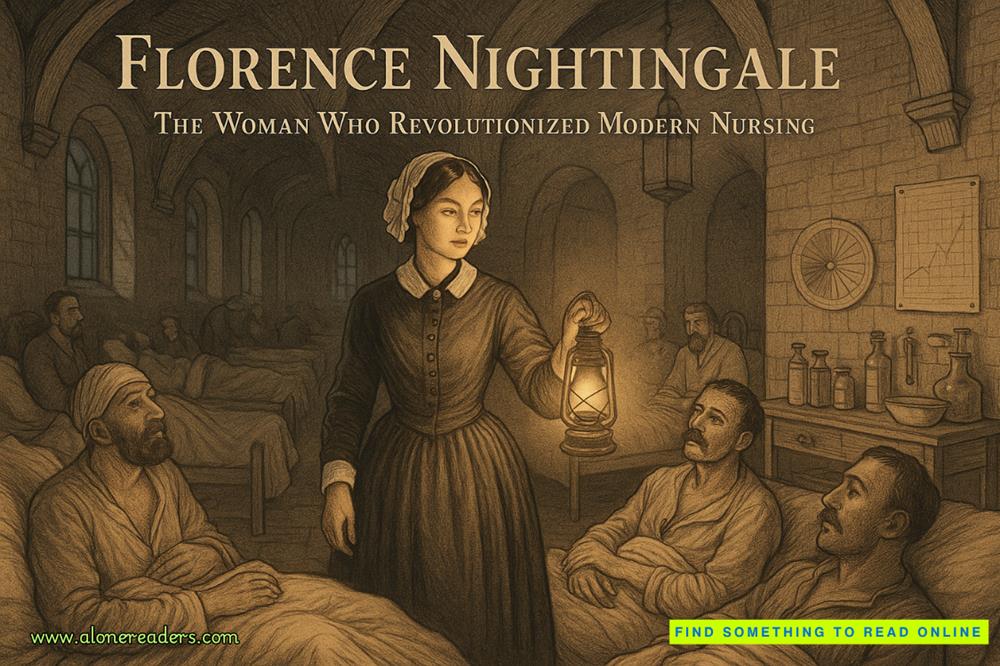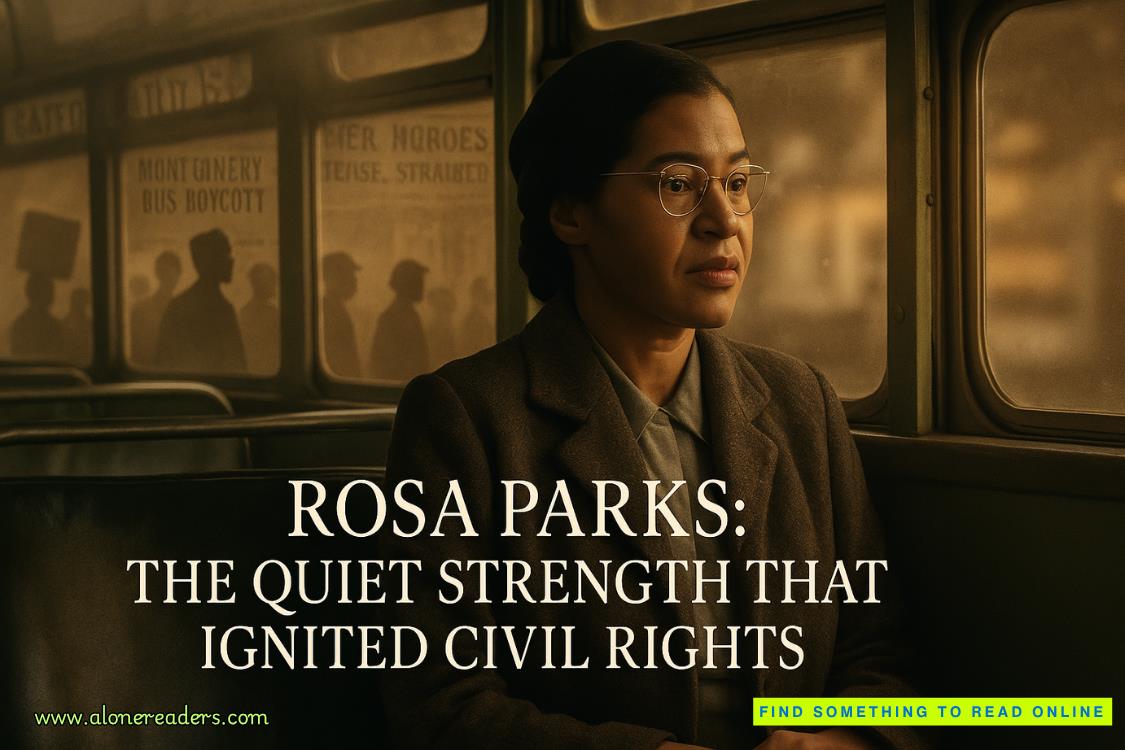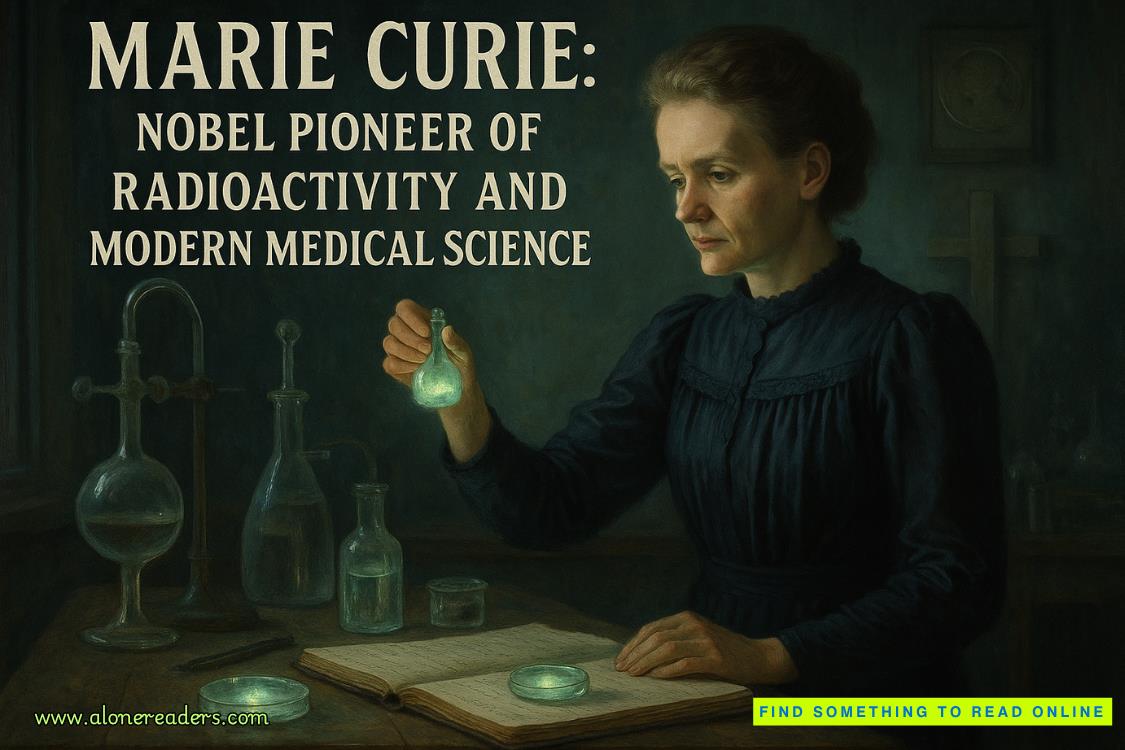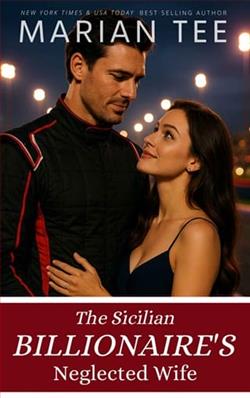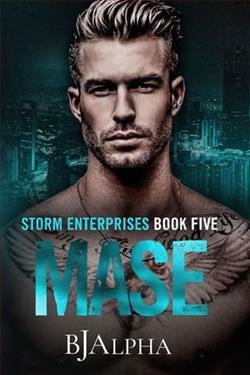Page 15 of His to Haunt
It’s a historical home, much smaller than Moonvine Manor but of a similar era: older than old. The front door is wide open, and mud tracks are along the sidewalk.
Upon closer inspection, those aren’t made of mud.
Blood tracks lead to where the sidewalk meets the street, where the assailant must have climbed into a getaway car.
The footage I need of this crime scene must be inside the house. I’ll need to enter. Won’t be the first or last time I work outside the law to get the best shots.
I look back at the guy shaking his head outside his van. He’s unsure what to do.
I’m not.
I approach the front door slowly in case a gun is pointed in my direction. I stop between the door and window, tilting my head enough to look through the glass.
The agency man calls out something from behind, but I ignore him.
I see nobody in the foyer or hall, but I know that old homes have plenty of places to hide.
Carefully, I slowly enter through the front door, my boots lightly padding along the creaky wood panels.
I stop, listening. It’s dead quiet, quite literally.
“Hello? The police are on the way.”
I step into the hall leading into the small, black-and-white checkered kitchen. This is where I find body number one.
A dark-haired man hunched topless in a chair face down on the table, his arms draping languidly at his sides. I lift my camera, stepping closer, circling until I find the source of his death: a bloody, star-shaped hole in the back of his head, scalp shredded and curled along the edges like old chewing gum—gunshot wound.
A relatively clean crime scene, with nothing more than a red puddle beneath the back of the chair. There’s not even a stench yet.
I pull a vial from my jacket and collect a quick blood sample from the leaking skull before sliding it back into my interior pocket.
Now, I must hurry and get the shots before I am seen.
I’m thinking about my other job while I click away at my camera. My contract with the gallery is nearing its deadline. I must finish the last of my paintings. The trouble is always finding consistently reliable models. So many are on drugs these days.
If Leena wasn’t such a thorn in my side, she’s pretty enough that she’d be a good candidate. However, she looks too much like Rachel, more so in person than in her picture. I wasn’t prepared for that.
Same sparkling brown eyes, long hair that haloes a sweet lingering scent, shiny, soft red lips like fluffed silk pillows never pressed upon, neglected.
So, fucking neglected, I think, with a crooked smirk as I get the last pics. Might as well try to make use of her while she’s in my hair.
Hell, I might not even charge her a sitting fee to paint her, and I never pay my models, but sometimes the reverse. After I turn their nude form into macabre works of art, they get modeling credits added to their portfolio. A typical trade-off in the art world.
If I plan to feature a model in one of my annual gallery pieces, I charge a small fee. It’s worth it to her because she’ll be the toast of Rush Street for a night or two when her hauntingly rendered form makes its beautifully macabre debut, with blood and flowers sprinkled over cold flesh and closed eyes. After that, other artists will want to paint her. In demand, she can charge whatever price she wishes.
Finding beauty in death and death in beauty has always been my style. I take in these bloody images, but they do not stay with me. I give them a new home, face, and meaning by purging them onto canvas.
Yes, I’ve decided. I must paint Leena Sperling.
Watcher
Leena
An unsettling feeling.
Of all the rooms in the house, I unwittingly chose Rachel’s, a black and purple floral room on the first floor near the library. The only bedroom on this floor, it looks like it was once an extension of the library before being converted into a bedroom with lots of built-in shelving.
I didn’t know it was hers when I unpacked and put aside my outfit for my first day at the office on Monday. But I knew it the moment my head hit the pillow and inhaled a musty lavender-honey scent, triggering memories of her from my childhood catalog.




